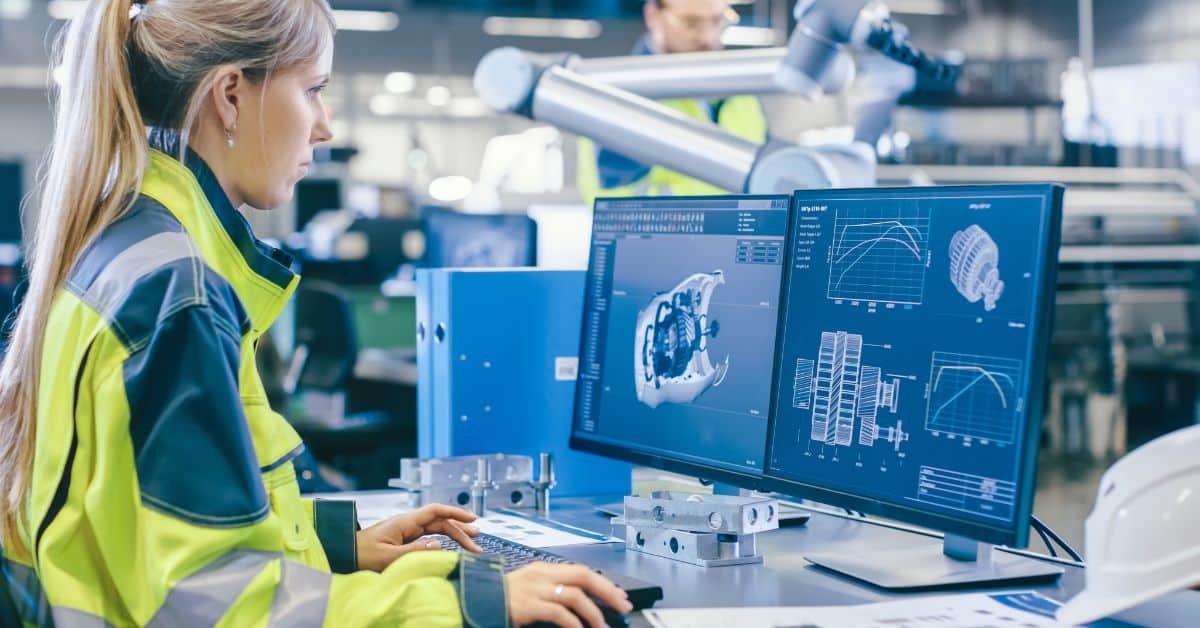The tech manufacturing industry is in a constant state of evolution, driven by the need for greater precision, efficiency, and complexity in its products. A new generation of tools is revolutionizing the tech manufacturing industry, enabling breakthroughs that were once confined to the realm of theory. This shift is not just about incremental improvements; it represents a fundamental transformation in how electronic components and devices are designed, prototyped, and manufactured at scale.
The Rise of Additive Manufacturing
Additive manufacturing, commonly known as 3D printing, has moved from a rapid prototyping tool to a viable production method within the tech industry. This technology enables the creation of complex geometries and integrated components that are not possible to produce with traditional subtractive methods.
In tech manufacturing, 3D printing is used to create custom enclosures, internal support structures, and even conductive pathways within a single, continuous process. This capability accelerates development cycles and opens up new possibilities for product design, enabling the creation of lighter, more durable, and highly customized electronic devices.
Precision With Automated Machining
Computer numerical control (CNC) machining has long been a cornerstone of manufacturing, but its latest iterations represent a huge leap forward. Modern CNC systems offer unparalleled precision, enabling the fabrication of intricate components with microscopic tolerances.
This level of accuracy is essential for producing the sophisticated parts required in today’s technology, from smartphone processors to aerospace sensors. Future trends in CNC technology promise even greater autonomy and intelligent operation, further refining the production process.
Enhanced Inspection Through Vision Systems
Quality control is a critical stage in tech manufacturing, and advanced machine vision systems are transforming this process. These systems use high-resolution cameras and sophisticated AI-powered software to inspect components faster and more precisely than people can. They can identify microscopic defects, ensure correct component placement, and verify product assembly with exceptional accuracy.
By automating the inspection process, manufacturers can significantly reduce the rate of defects, improve overall product reliability, and ensure that every item leaving the production line meets stringent quality standards.
The Impact of Collaborative Robotics
Robotics in manufacturing is not a new concept, but the emergence of collaborative robots, or “cobots,” is changing the dynamic on the factory floor. Unlike traditional industrial robots that operate in isolated cells, cobots are designed to work safely alongside human employees. They can handle repetitive and physically demanding tasks, such as component placement, soldering, and packaging, freeing up human workers to focus on more complex and value-added activities.
This human-robot collaboration enhances productivity, improves workplace ergonomics, and enables more flexible and adaptable production lines that can respond quickly to changing demands.
Paving the Way for Innovation
The continuous advancement of these core technologies underscores a broader trend toward smarter, more automated, and highly integrated manufacturing processes. By embracing the tools revolutionizing the tech manufacturing industry, companies can not only enhance their operational efficiency but also unlock new avenues for innovation. The journey involves more than just adopting new hardware; it requires a strategic integration of these tools into a cohesive and intelligent system that can adapt to tomorrow’s challenges.
Explore more articles:
Affordable Tech Solutions for Visual Learning in Schools
Essential Features for a Tech-Forward Office
The Advantages of Smart Solenoid Systems in Facilities

I am the Senior Editor at CIO TechWorld. With over a decade of experience in the media and publishing industry, I specialize in research and collaborate with technology companies to bring their stories to life. Explore my articles on CIO TechWorld, where I offer unique perspectives on technology topics.








